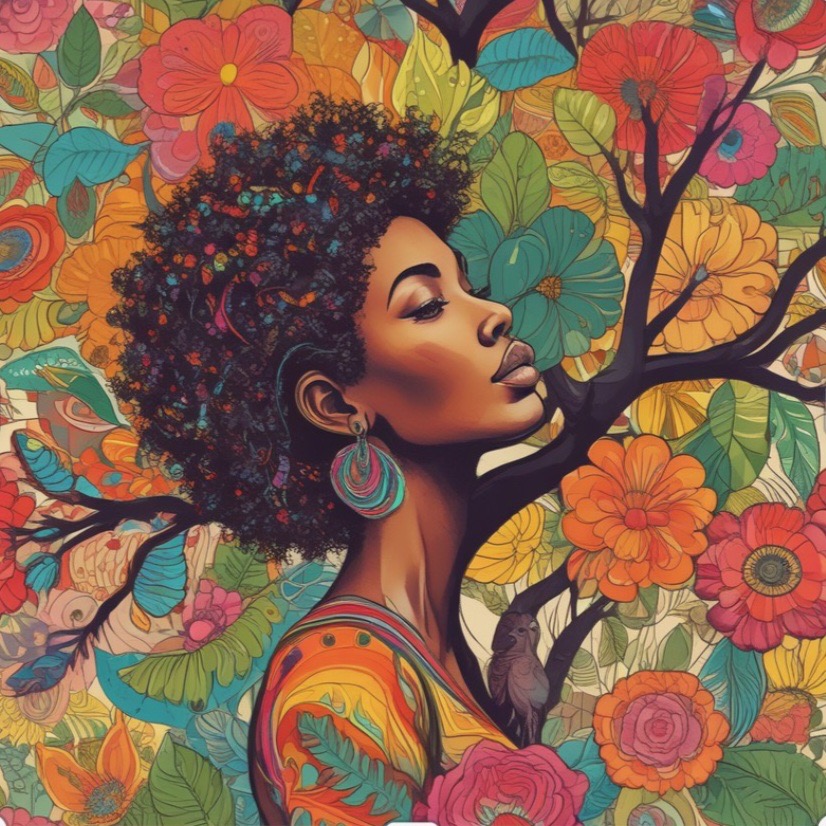Understanding abuse and control on the physical body
- MagicallyMe by Dena

- 3 days ago
- 2 min read
Studying the wheel of abuse and control

The Power and Control Abuse Wheel is a tool developed to help understand the patterns and tactics used in abusive relationships, particularly in cases of domestic violence. It illustrates how abusers use various methods to exert power and control over their victims. Here’s a brief overview:
**Main Components of the Power and Control Wheel:**
- **Intimidation:** Using looks, actions, gestures, or threats to instill fear.
- **Emotional Abuse:** Undermining self-esteem through insults, humiliation, or manipulation.
- **Isolation:** Controlling what the victim does, who they see, and where they go.
- **Minimizing, Denying, and Blaming:** Making light of the abuse, denying it happened, or blaming the victim.
- **Using Children:** Manipulating children to control or threaten the victim.
- **Economic Abuse:** Controlling finances, withholding money, or preventing the victim from working.
- **Male Privilege:** Treating the victim as inferior, making all major decisions.
- **Coercion and Threats:** Threatening harm, suicide, or legal trouble to control the victim.
The wheel helps survivors and professionals recognize the non-physical forms of abuse that can be just as damaging as physical violence.
Abuse—whether emotional, psychological, or physical—can have significant effects on the body, including muscle tissue and overall physical health. Here’s how abuse can manifest physically:
**1. Muscle Tension and Pain:**
Chronic stress and trauma from abuse often cause the body to remain in a heightened state of alert (fight, flight, or freeze). This can lead to persistent muscle tension, especially in the neck, shoulders, back, and jaw. Over time, this tension can cause pain, stiffness, and even muscle spasms.
**2. Somatic Symptoms:**
Abuse survivors may experience unexplained aches, pains, or fatigue. The body can “hold” emotional pain, which may show up as headaches, digestive issues, or chronic pain syndromes like fibromyalgia.
**3. Posture and Movement:**
Trauma can affect posture and movement patterns. Some people may unconsciously hunch their shoulders, cross their arms, or make themselves physically smaller as a protective response.
**4. Nervous System Dysregulation:**
Abuse can disrupt the balance of the nervous system, leading to symptoms such as muscle weakness, tremors, or a sense of numbness in certain areas of the body.
**5. Immune and Healing Response:**
Chronic stress from abuse can weaken the immune system, slow healing, and increase inflammation, which may further impact muscle recovery and overall health.
**6. Trauma Release:**
Sometimes, during massage therapy or bodywork, survivors may experience emotional releases as the body lets go of stored tension or trauma. This is a normal part of the healing process.
**Holistic Healing Approaches:**
Practices like massage therapy, yoga, breathwork, and mindfulness can help release stored tension, support the nervous system, and promote healing for both the mind and body.
We will learn how certain ailments in the body are connected to certain emotions that store unhealed wounds and also what it looks like spiritually.
Once we are aware of what it is, and what it looks like. we can redirect or even help someone out. This information could save someone’s life. Each one teach one. Peace and love Magical Ones❤️




Comments